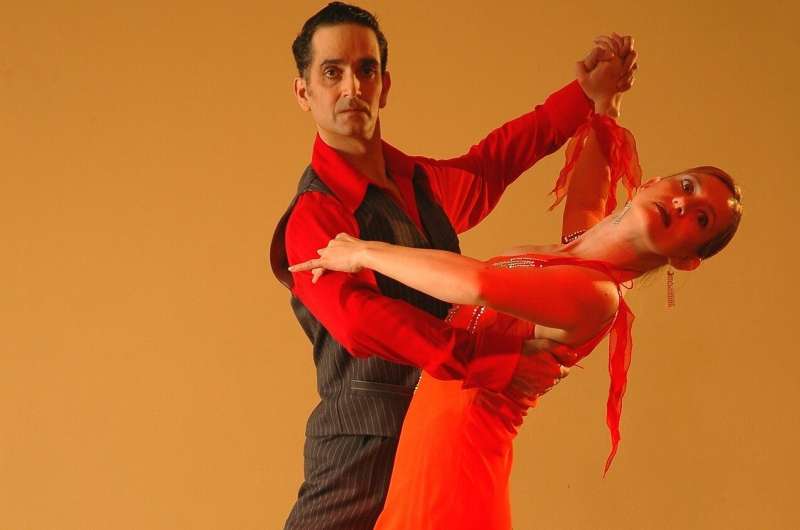Better partnerships between medical and dance professionals needed to reveal health benefits of dance

More effective partnerships involving medical and care staff, alongside professionals from the dance sector, are needed for experts to better understand how dance can help promote good health, according to a new report.
Researchers have worked to identify the impact of dance as an artform on health and wellbeing and to find the best methods for exploring this.
The project, Dance, Health and Wellbeing: Debating and moving forward methodologies, was a partnership among the University of Exeter, Trinity Laban Conservatoire of Music and Dance, and Dance in Devon. The research was funded by the University of Exeter Wellcome Centre for Cultures and Environments of Health, and took place between September 2019 and April 2021.
The research included a systematic literature review, focus groups with people working to promote dance for health, and a symposium.
The research found that the creative and artistic character of dance impacted on health and well-being, contributing in key areas including sense of identity, belonging and feelings of self-worth. Those who took part in the study said links between these impacts and factors such as touch, vulnerability, affect, presence, trust and embodiment are key issues in dance for health, but not well understood, and are worthy of greater attention. They called for more work to develop appropriate methods and vocabularies to address these topics.
Those interviewed said there should be greater acknowledgement of the combined physicality, artistry and self-expression that dance entails during future research. They called for more collaboration with dancers so that their expertise could support this, more co-research and evaluation with participants to include their voices and perspectives, and more cross-sector research involving respected dance and health partners.
The report also calls for new scales and methodologies to be used by researchers that measure and capture dance on its own terms, and better use of film and individual testimony to illustrate the benefits of dance to a wider audience.
Professor Emma Redding, Head of Dance Science at Trinity Laban, said, "We were delighted to undertake this collaborative project with colleagues at the University of Exeter and Dance in Devon, investigating the contribution that dance makes to health and wellbeing. Work such as this aligns both with the tremendous program of participatory dance we offer to local communities as well as the significant research we undertake in the field of dance science. This research was an exciting journey to be a part of as it highlighted important findings as well as revealing gaps in the literature warranting further investigations."
Dr. Sue Smith, Executive Director of Dance in Devon, added, "It has been a privilege to work with University of Exeter and Trinity Laban on this project to understand the impact of dance on our communities more deeply. We see the positive effects of dance in the studio, outdoors and on screen with our communities week-by-week so it was fascinating to work with academic colleagues to delve further into the ways in which the art of dance contributes to health and wellbeing. Our collaborative approach enabled broad perspectives and experiences to inform the process and the research has sparked some important leads for further attention."
Associate Professor Kerry Chappell, from the Graduate School of Education, University of Exeter, and the project's principal investigator, said, "This research, including the systematic literature review, has allowed us to put the contribution of dance to health more rigorously on the arts and health map. We are grateful to the University of Exeter Wellcome Centre for Cultures and Environments of Health for such positive support throughout. This work is grounded in partnerships with Trinity Laban and Dance in Devon stretching back twenty years, and represents cutting-edge expertise in the field; we now have an exciting and strong foundation to develop future research and practice that can evidence and catalyze the impact of the aesthetic, artistic and creative contributions of dance on wider health."
More information: Kerry Chappell et al, The aesthetic, artistic and creative contributions of dance for health and wellbeing across the lifecourse: a systematic review, International Journal of Qualitative Studies on Health and Well-being (2021). DOI: 10.1080/17482631.2021.1950891




















